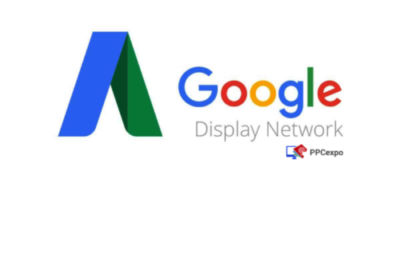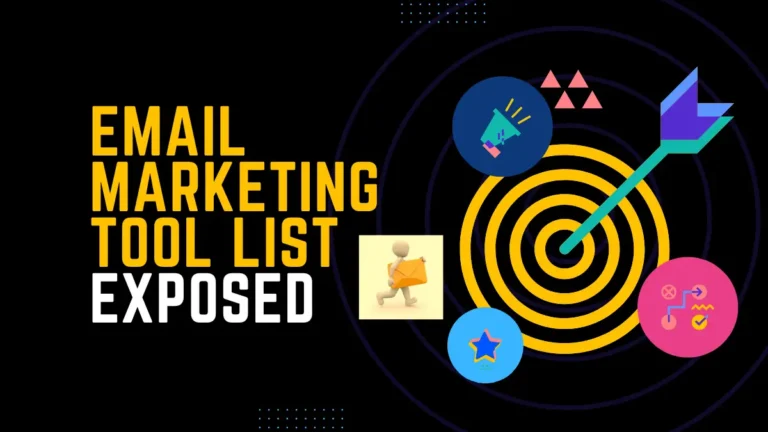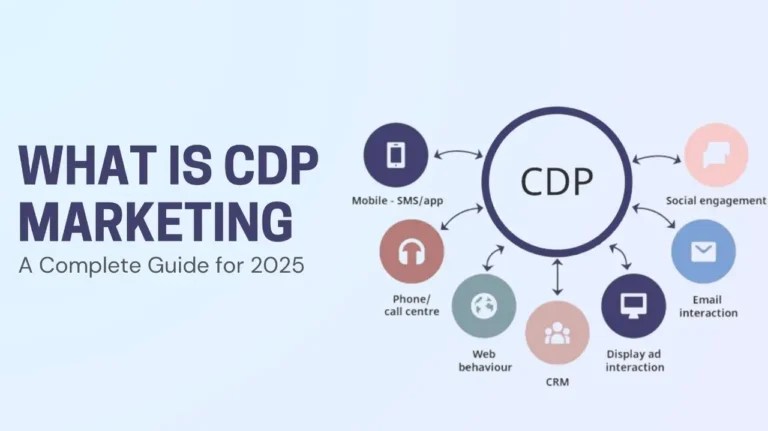The advantage of being an online marketer is the ability to try out various marketing methods. Online marketing has been designed to not run out of marketing options if you are determined to promote your business online. One of the online advertising methods is pay-per-click (PPC), and it is a process where you pay a small amount when your potential customer clicks on your ads.
Beyond the conventional pay-per-click that everyone knows, there are various other ways to further your online marketing.
Conventionally, everyone knows pay-per-click as a method of advertising through an online platform. It could be on search engines, private websites, or social media platforms. Everyone believes that the platform will use its generated data to help you advertise your product or services. At the end of your campaign with the platform, you will generate insight into how your ad campaign has performed.
What if I told you that you could use this result to run some other campaigns on other PPC platforms? That is what we refer to as “Cross Marketing.”
This blog will show you what cross-marketing is and how you can use it for your business.
What is Cross Marketing?
If you want to know how to use cross-marketing in your business, you must first find out what cross-marketing means.
Shall we go?
Cross marketing is the process of using a series of data from a PPC platform to optimize ad campaigns on some other platforms. In simple terms, cross-marketing is when you use data generated from one platform to get the best out of your ad campaign on another platform. For instance, using the insight you generate from your ad campaign with Google ads to drive or optimize your ad campaign on Facebook ads.
The primary purpose of cross-marketing is to leverage data to optimize your business. It is a way of marketing your product or service through multiple marketing channels to expand your product market reach.
For starters, it is always advisable to start with one PPC platform for your ad campaigns. However, as you grow into the business, one way to improve your customer reach is to diverge into other PPC platforms.
How best can you maximize your experience from the previous PPC platform if you don’t use the data generated to set up your ad campaigns on the new platforms. This procedure makes your advertisement more optimized and places it in a better target position.
If you try to call it a different name, you could label it “remarketing,” but not on the same PPC platform. You can be sure that this process will increase your conversions because now you understand your customers better, and you know what they are looking for when they want your product.
How to Implement Cross Marketing in Your Business
This stage of the blog will interest you because you will understand what cross-marketing is and how to use it to enhance your business.
Before we go into it, you must set your goals before implementing cross-marketing to know what you want to do. Try and find out if you want more sales of products or you only want to drive traffic to your website. Knowing this will help you understand the kind of data to use.
Let’s check below for some of the ways you can use cross-marketing for your business;
- Use Facebook Ads for specific audience targeting.
An advantage Facebook has over some other PPC platforms is that it is excellent for targeting a specific audience. Facebook can help you target people using their likings, age, engagements, and job titles. You can use the data from Facebook ads on another PPC platform to optimize your ads for more results.
Another advantage of Facebook Ads is that you can use it to target your audience through their Gmail accounts. Most times, they are potential customers that are already interested in your product, and they will most likely convert more.
- Use Google Ads to target audience for their intent
Google Ads is the biggest PPC platform, and one of its most significant advantages is that it targets the audience for their search intent. Usually, when your potential customers go on Google, they always have search intent in their minds. Google uses this to the advantage of the advertisers to ensure that they are connected directly to their customers.
If you can harness your marketing strategy with Google Ads, you can use the data generated on another PPC platform to generate more results from the platform.
- Create Remarketing list for search ads (RLSAs)
Remember that we previously said that we could also call cross-marketing a form of “remarketing.” Use the list results from Facebook to create a remarketing list for search ads and then implement it on Google ads.
- Use Personalized Content
Whenever you write your ad content, it is essential to use personalized content. It helps you to connect directly to your audience. It is like telling a story, allowing the audience to know that you understand what the audience needs.
- Test Campaigns and Monitor Results
You have to understand that PPC growth is not automatic, and you will not understand the entire process overnight. The same is for cross-marketing. You have to study the process by testing different campaigns, monitoring results before you eventually get an overview of how it works. There is always a price of hard work to pay.
Conclusion
It is not enough to understand PPC marketing; there is always a step further. Cross Marketing is a PPC marketing method of using data from a PPC platform to optimize your ad campaign on another platform. The primary purpose of this method is to generate more results in terms of conversions.
It is possible to use data generated from Google ads to implement and optimize ad campaigns on Facebook ads or any other platform. There is no limit to the level you can go. If you want to find out how you can use cross-marketing in your business, all you need to know is written in this blog.
Also read about: 10 Tips for Successful Social Media Marketing that Delivers 10X ROI




